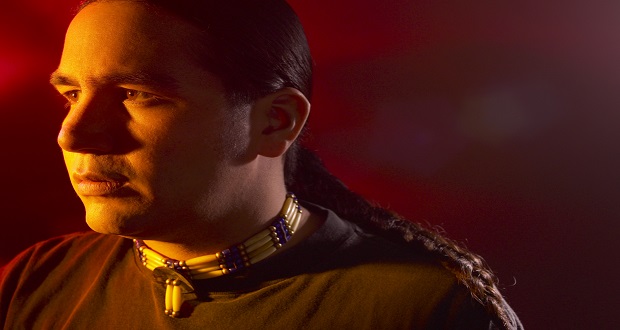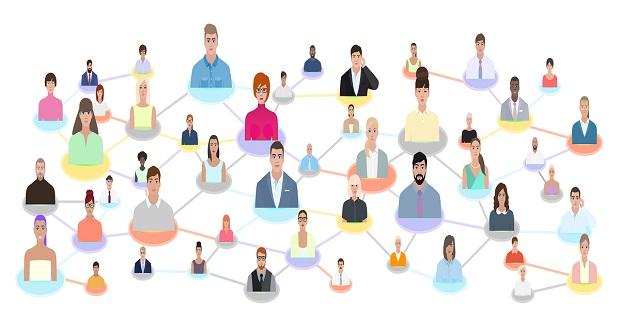
No cultural group is monolithic and especially for Native Americans, with close to 600 identified tribes in the United States and Canada, it is difficult to point to one model that encapsulates identity development for this group. Native Americans differ greatly in their level of acceptance and commitment to various tribal values and practices.
Michael Garrett offers one model of American Indian acculturation with four different levels.
- Traditional – Generally speak and think in their native language; practice only traditional customs and beliefs.
- Marginal – May speak both the native language and English; may not, however, fully accept the cultural heritage and practices of their tribal group nor fully identify with mainstream cultural values and behaviors. May feel caught between two worlds.
- Bicultural – Generally accepted by dominant society; simultaneously able to know, accept, and practice both mainstream values and the traditional values and beliefs of their cultural heritage.
- Assimilated – Generally accepted by dominant society; embrace only mainstream culture and values.
Scholars believe that “marginal” American Indians are most likely to experience a great deal of cultural conflict. They may feel trapped between their native culture and dominant society leading to serious identity crisis. The marginal identity can be contrasted with the bi-cultural American Indian identity where there is less personal and social difficulty because they have learned to utilize a greater range in modes of social behavior and cultural communication to adapt in a variety of contexts and situations.
Another researcher, Perry G. Horse, describes Native American consciousness as important to identity development. He identifies the following influences:
- The extent to which one is grounded in one’s Native American language and culture
- The validity of one’s Native genealogy
- The extent to which one holds a traditional Native American philosophies and worldviews (e.g. emphasizing balance and harmony, and drawing on spirituality)
- One’s self concept as a Native American
- Whether or not one is enrolled in a tribe
There are many complexities associated with Native American identity such as the laws which dictate who is recognized and enrolled within the tribe (i.e. whether one is a member of a federally recognized tribe or self-identified without registration); the ease with which most Natives can identity as “white” based on looks and historical European conceptions of “Indianness” that have had profound impact on self-concept, stereotypes, etc.


















